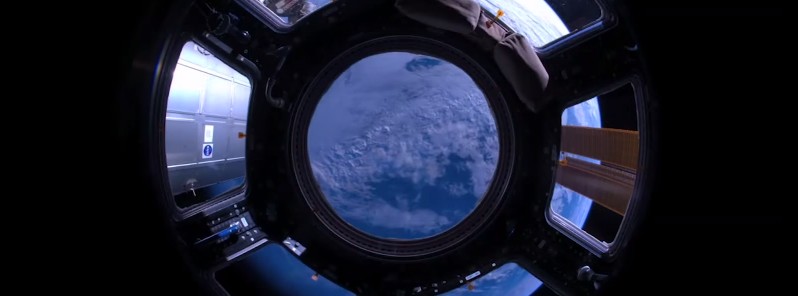Will the International Space Station be decommissioned soon?

Have you ever looked up at the night sky and seen a strange, slowly moving light cross the horizon? Chances are it wasn’t an alien spacecraft, but instead, the International Space Station flying by. This extraordinary structure has been in orbit since 1998 and occupied since November of 2000. It has been an invaluable habitat for many space and aeronautics groups such as NASA, Roscosmos, CSA, JAXA, and ESA.
While the ISS continues to carry out important research and experiments for many countries’ space exploration programs, it originally was scheduled to only be occupied for 15 years. The future seems to indicate a new series of space stations and exploration strategies that may render the ISS unnecessary. Between the influence of private sector competition and a need to cut down costs by focusing on advancement instead of maintenance, NASA may soon be calling it quits on one of their most prized projects.
Private players
The involvement of private spaceflight companies — SpaceX, Virgin Galactic, and Blue Origin, to name a few — could begin a new era of competitive advancement of space exploration technology. With private companies launching and testing the boundaries of our current technology, federal programs that work on extremely tight budgets may ultimately give way to the deep pockets of progressive backers such as Jeff Bezos and Elon Musk.
Economically, it will be interesting to see how exploration and entrepreneurship at this level will actually play out. NASA has been the forefront of space and aeronautic development and research, but the money isn’t there — or better put, always allocated elsewhere — and those who can enthusiastically fund these highly expensive programs are freer to do so.
Updates in technology
Technological updates are paramount for the survival of the International Space Station up until the 2024 mark. Expanding bandwidth and updating operating systems are crucial, as are life support systems. Air tanks and compressors that lengthen the amount of time between refills help to save time and money spent on upkeep at the ISS. They are also designed with future stations and space exploration in mind.
NORS — Nitrogen/Oxygen Recharge System — was adopted by NASA in 2014 and is an impressive upgrade to the ISS’ older systems. These new tanks can store air pressurized up to 6,000 pounds, which is about twice as much as the tanks they’re designed to replace. The tanks are used by other space agencies as well, and are already being used for space projects and experiments outside the scope of the ISS.
With software updates and the development of higher-quality systems, the maintenance performed on the International Space Station shows that it is indeed becoming obsolete. Between damaged solar panels and ammonia leaks to name a few, issues the ISS has faced since its beginning are becoming expensive to repair when new technologies and station designs are being developed that may handle these malfunctions and harsh conditions much better.
The ticking clock
The American section of the ISS is funded by NASA through 2024 and expected to be fully operational up to that point. However, in the grand scheme of things, another 8 years is not really far off from now. Roscosmos — the Russian space and aeronautics program — already plans on repurposing the Russian modules for their new and upcoming space station, OPSEK. As of March of 2015, both Roscosmos and NASA started developing a replacement for the ISS, which seems a pretty straightforward sign for the demise of the International Space Station in the somewhat near future.
The end game
Ultimately, the International Space Station will be decommissioned and either scrapped for parts or set in a controlled tumble back down to Earth. It’s likely we will see its demise within the next decade or so. That is not to say that it won’t be useful until then — there is much research and experimentation to be done that require the ISS and its crewmembers.
However, the future of space exploration is bright and exciting when you look at the possibility of things to come.
Megan Ray Nichols is a science writer and editor of Schooled By Science. When she isn’t writing, Megan enjoys camping, hiking, and stargazing. She invites you to follow her on Twitter @nicholsrmegan.
Featured image: Viewing Earth from ISS' Cupola. Credit: NASA

Commenting rules and guidelines
We value the thoughts and opinions of our readers and welcome healthy discussions on our website. In order to maintain a respectful and positive community, we ask that all commenters follow these rules:
We reserve the right to remove any comments that violate these rules. By commenting on our website, you agree to abide by these guidelines. Thank you for helping to create a positive and welcoming environment for all.